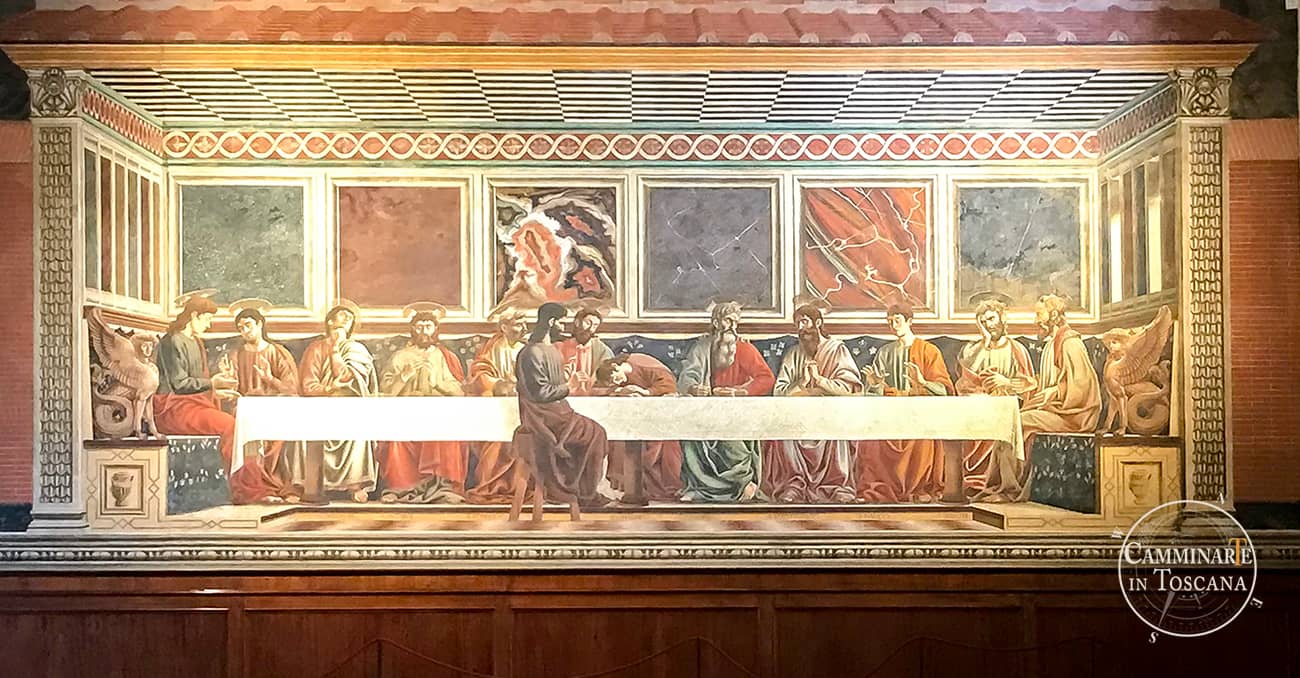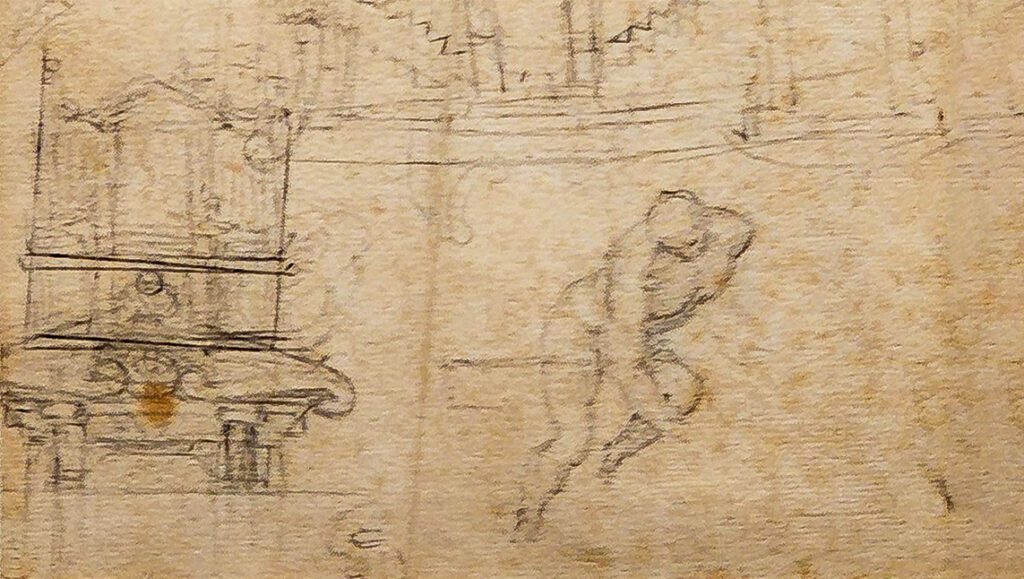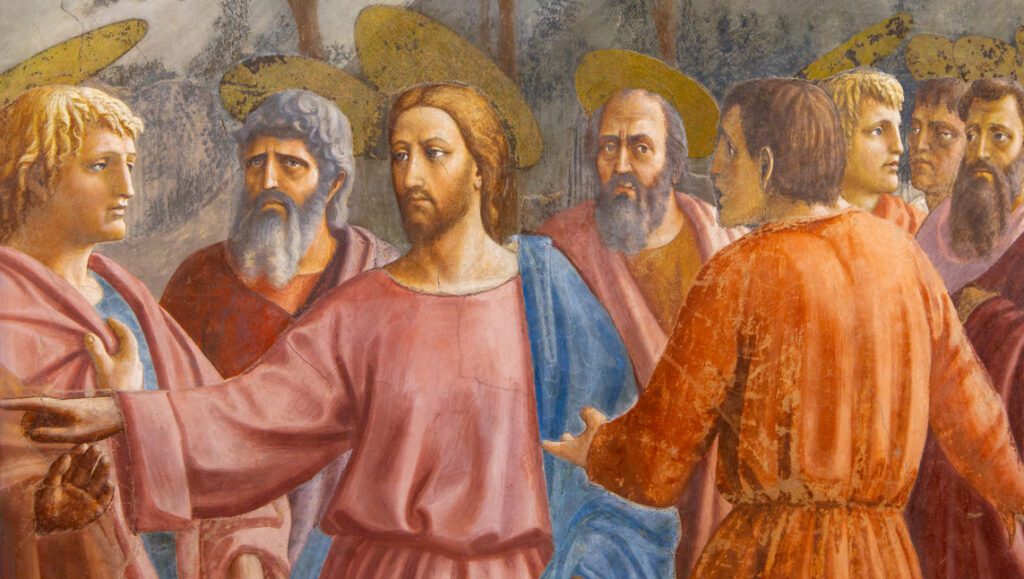
The first Renaissance Last Supper in Florence
What is the first Renaissance Last Supper painted in Florence? It is a question not exactly so obvious given that we are talking about the city cradle of the Renaissance and that, among other things, the series of cenacles found in the ancient Florentine monastic complexes could already alone constitute an itinerary to discover the art of the city.
If different times and personalities have contributed to enriching the Florentine places with works of art, almost always the chosen moment to represent by the artists is mainly the same: the moment in which Christ announces that one of them would betray him. These are the words written in the John’s Gospel that is linked to the institution of the Eucharist since it is also for that action of Judas that Christ sacrifices his body.

Detail of Andrea del Castagno’s Last Supper, 1447 c., Complex of Sant’Apollonia, Florence
The Last Supper by Andrea del Castagno
Returning to the initial question, the first Renaissance Last Supper painted in Florence is unfortunately not one of the most popular tourist destinations, although it is located a hundred metres from the much-visited Accademia Gallery. The work is located in the Refectory of the beautiful Sant’Apollonia Complex and was painted by Andrea del Castagno. The artist, a native of Mugello, frescoed the episode of the Last Supper around 1447, effectively creating the first renaissance example on the theme in Florence”, a work where the space inhabited by the apostles is an environment evoking the ancient time by the covering with precious marble of the walls, a perfectly perspective box that emerges in all its revolutionary power from the back wall of the Refectory and frees the theme of the Last Supper from its traditional role of ‘predella’ for the scene usually represented higher up , that of the Crucifixion.
After the fresco by Andrea del Castagno, several artists will try their hand at the theme in Florence: from Ghirlandaio to Perugino, passing through Milan, where Leonardo achieved very high psychological and expressive results in Santa Maria delle Grazie. However, the origin of that formula that had so much luck in the Renaissance can be found here, in the former cloistered convent of Sant’Apollinia, located in via XXVII Aprile, not far from Piazza San Marco, where the convent of the same name is located and which was the Fra Angelico‘s seat. The painting by Andrea del Castagno is a “fundamental text for Florentine Renaissance painting”, a painting in which the vibrations of feelings are captured in the surprising iridescence of the clothes and where the space and the time of the actors in the scene can be traced thanks to the silence still pervading this museum, a pleasant place still little known ⟢

Youtube video about Andrea del Castagno’s Last Supper (English subtitles available)
Bibliography
R.Caterina, P.Pisani, The Cenacle of Santa Apollonia, Firenze Musei



